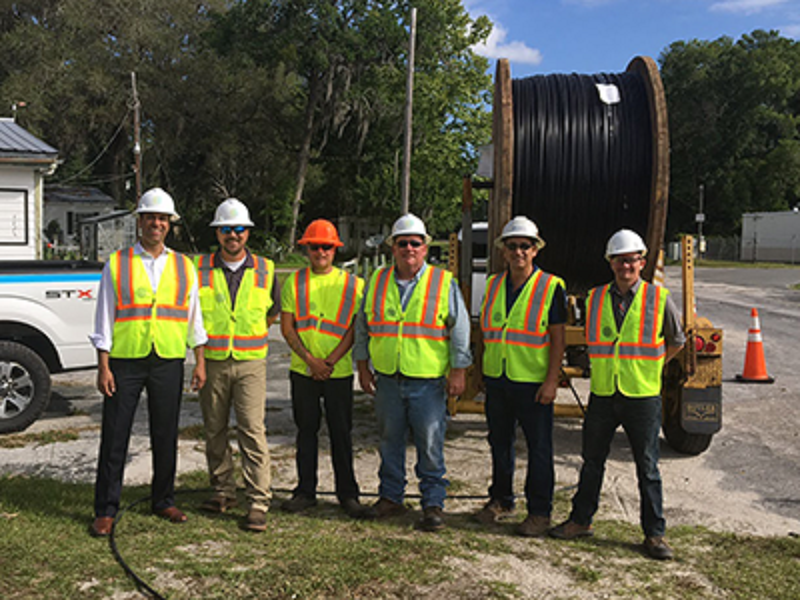FCC Chairman Ajit Pai Announces Rural Digital Opportunity Fund, Highlighting 25 Mbps Download Speed Requirement
WASHINGTON, January 8, 2020 – Federal Communications Commission Chairman Ajit Pai on Wednesday announced that the Rural Digital Opportunity Fund, with $20.4 billion over the next 10 years, will be voted on by the agency at its January 30 meeting. Pai announced further details about the opportunity f










Member discussion